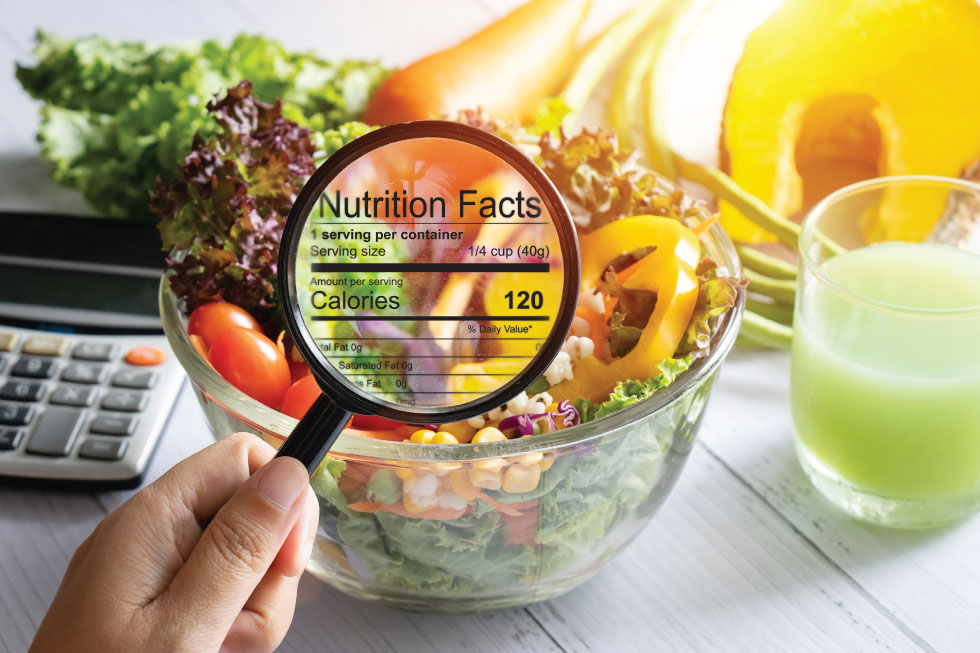
Don’t Be Fooled with Labels
Don’t be labeled a fool this april fools day! Get to know what the labels on your foods really mean. Shopping “healthfully” can get confusing at times, especially when your food products have many claims and labels like organic, low sodium, gluten free, and the list goes on. It can get hard to know what it all really means, and how these things can affect your health. Below six of the most common food labels are explained. Become a savvy shopper and feel confident in your future purchases by knowing exactly what you are getting with these labels!
Organic: Food products that are labeled organic indicate that the product has been produced through specific methods that meet organic standards and requirements verified by the US Department of Agriculture (USDA). The methods used to produce organic produce integrate cultural, biological, and mechanical practices that help promote ecological balance through the cycling of resources and conserving biodiversity. You can read more about the specific standards and requirements of organic produce on the USDA’s website.
Natural: Food products labeled “natural” must not contain artificial ingredients or preservatives. They must also be minimally processed according to the USDA.
Gluten Free: Food products that are labeled gluten free must have fewer than 20 parts per million of gluten as per the Food and Drug Administration (FDA). Food products that may contain this label include naturally gluten free foods, foods prepared in a way that have not allowed for cross-contamination with gluten containing foods, and foods with gluten that have been processed to remove the gluten.
No Salt Added: Food products with this label contain no sodium chloride. The only sodium in these products is the natural sodium in the ingredients.
Sodium Free: Food products with this labeling have less than 5 mg of sodium per serving.
Low Sodium: Food products with this labeling contain 140 mg or less of sodium per serving.
